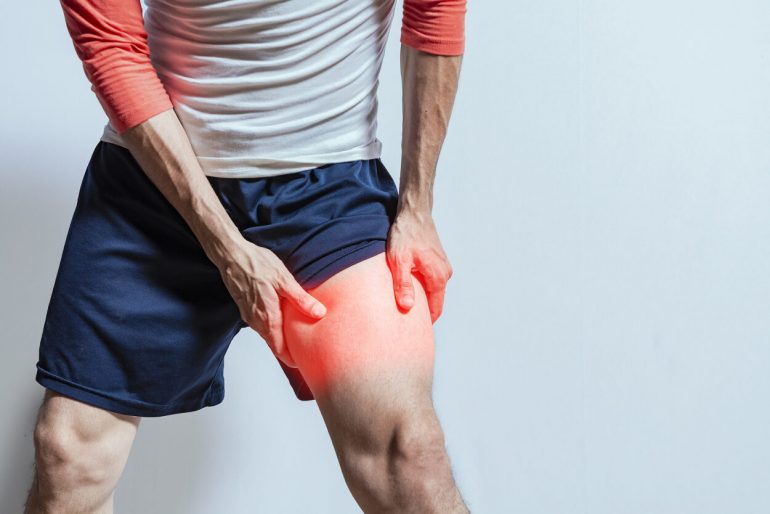After an exhilarating workout, the rush of endorphins can often drown out the incessant cries of tired muscles. But then, as the day drags on, those whispers transform into protests that become harder to ignore. The tender ache you feel might evoke a familiar sense of frustration; it tells you that you’ve pushed your limits, yet it simultaneously shackles you to the couch.
What if there was a way to ease this discomfort? Understanding what to do with sore muscles and how massage can help is a crucial step toward effective muscle recovery.
By combining the knowledge of what’s happening in your body with the soothing power of a post-workout professional massage (마사지구인), you can embrace your fitness journey with confidence, knowing you’re nurturing your body just as much as you’re challenging it.
Delayed Onset Muscle Soreness (DOMS)

Individuals often experience the discomfort known as delayed onset muscle soreness (DOMS) following intense physical activity. Grasping the concept of DOMS is vital for anyone engaged in regular exercise or training routines. Recognizing the signs can assist in better managing expectations and developing effective muscle soreness treatment strategies.
What is DOMS?
Delayed onset muscle soreness (DOMS) describes the muscle pain and stiffness that usually arise after changes in workout intensity or engagement in unfamiliar exercises. This soreness is common after strength training or activities that put stress on muscles they are not accustomed to handling. Symptoms often peak between 24 to 48 hours post-exercise, leading to physical limitations in movement.
Why DOMS Occurs
The primary cause of DOMS lies in the microscopic damage to muscle fibers incurred during demanding workouts. This breakdown prompts the body to initiate an inflammatory response, which contributes significantly to the sensation of muscle soreness.
Although experiencing such soreness may seem detrimental, it often results from enhanced workout intensity or the introduction of challenging movements, supporting muscle repair and growth.
What to Do with Sore Muscles and How Massage Can Help

Addressing sore muscles effectively often involves turning to massage therapy, a powerful tool that yields numerous benefits. Engaging in regular massage can significantly enhance recovery and provide much-needed sore muscle relief after intense workouts.
The physiological effects of massage extend beyond relaxation, promoting overall well-being and improved performance.
Benefits of Massage Therapy
Massage therapy offers a variety of compelling advantages for those experiencing muscle soreness. Key benefits include:
- Increased circulation, which helps deliver oxygen and nutrients to fatigued muscles.
- Reduction of scar tissue, facilitating smoother muscle function and flexibility.
- Enhanced tissue regeneration, accelerating the recovery process after strenuous activity.
- Promotion of relaxation and stress relief, improving overall mental well-being.
Regular massage appointments can lead to long-term improvement in muscle soreness issues, making it a worthwhile consideration for anyone dedicated to fitness and recovery.
Types of Massage for Recovery
Exploring different massage techniques can help target specific areas of discomfort. Two popular types of massage known for their efficacy in muscle recovery include:
- Sports massage ─ Tailored for athletes, this dynamic approach focuses on preventing injury and preparing the body for physical activity. It often involves stretching and deep manipulation of muscles to enhance performance and reduce soreness.
- Deep tissue massage ─ This technique uses firm pressure and slow strokes to reach deeper muscle layers. It is particularly effective for releasing chronic tension and soreness in specific muscle groups, providing substantial relief to overstressed areas.

